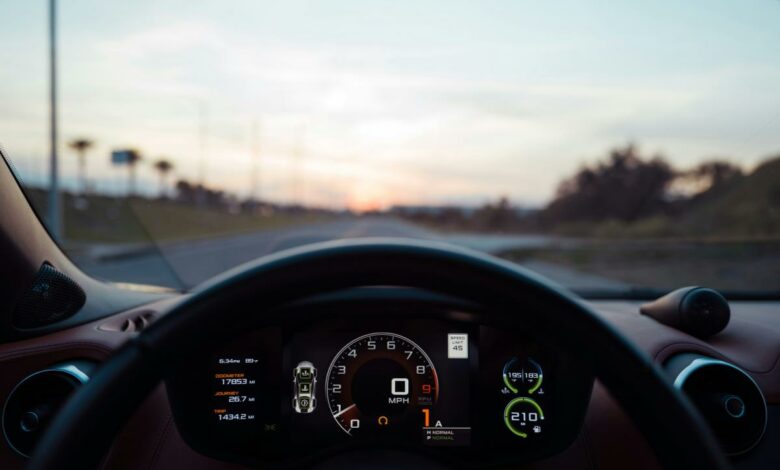US will require all new cars to have advanced automatic braking systems by 2029

The National Highway Traffic Safety Administration (NHTSA) just announced for automobiles. These standards include a mandate for advanced automatic braking systems for all new cars, which manufacturers must comply with by 2029. That’s just five years out.
This applies to all passenger cars and light trucks under 10,000 pounds. The automatic emergency braking systems must be able to bring a car traveling up to 62 MPH to a complete stop while avoiding a collision. These systems will also have to account for oncoming pedestrians at speeds up to 45 MPH in both daytime and nighttime conditions.
Automatic emergency brakes use a bevy of sensors, lasers and cameras to detect collisions. When a crash is imminent, the system brakes on its own or applies brake assist to help the driver quickly and safely come to a stop. It’s worth noting that manufacturers already include these systems in 90 percent of new cars, according to , but many of these tools don’t meet the MPH thresholds as mentioned above. The NHTSA says that most manufacturers should be able to meet these requirements with software updates.
The federal agency estimates that these new rules will prevent over 360 road deaths per year and should reduce the severity of more than 24,000 injuries. It’s also expected to save people a lot of money on property damage costs. Cathy Chase, the president of Advocates for Highway and Auto Safety, that the new rules were a “major victory for all consumers and public safety.” There were over in the US in 2023 alone, and that’s actually a slight decrease from the previous year.
The actual auto industry, however, isn’t quite as bullish about the mandate. The Alliance for Automotive Innovation, a lobbying group that works on behalf of auto manufacturers, has urged the NHTSA to consider other options. One major suggestion is to lower the speed threshold in certain cases, as the group stated that “significant hardware and software changes will be needed to achieve a level of performance that no production vehicle can currently achieve.”
To that end, tests conducted by the Insurance Institute for Highway Safety indicate that these systems to adequately comply with the mandate. The research group says it tested crash avoidance systems on 10 small SUVs at speeds up to 43 MPH, and many failed to stop in time to avoid a crash in the most difficult testing scenarios. The Subaru Forester and Honda CR-V performed best, for those in the market.
Heavy-duty vehicles, like larger trucks, could be getting their own mandate in the near future. The NHTSA is currently working with the Federal Motor Carrier Safety Administration, a truck safety agency, to draw up similar standards for chonky vehicles.
Source link




